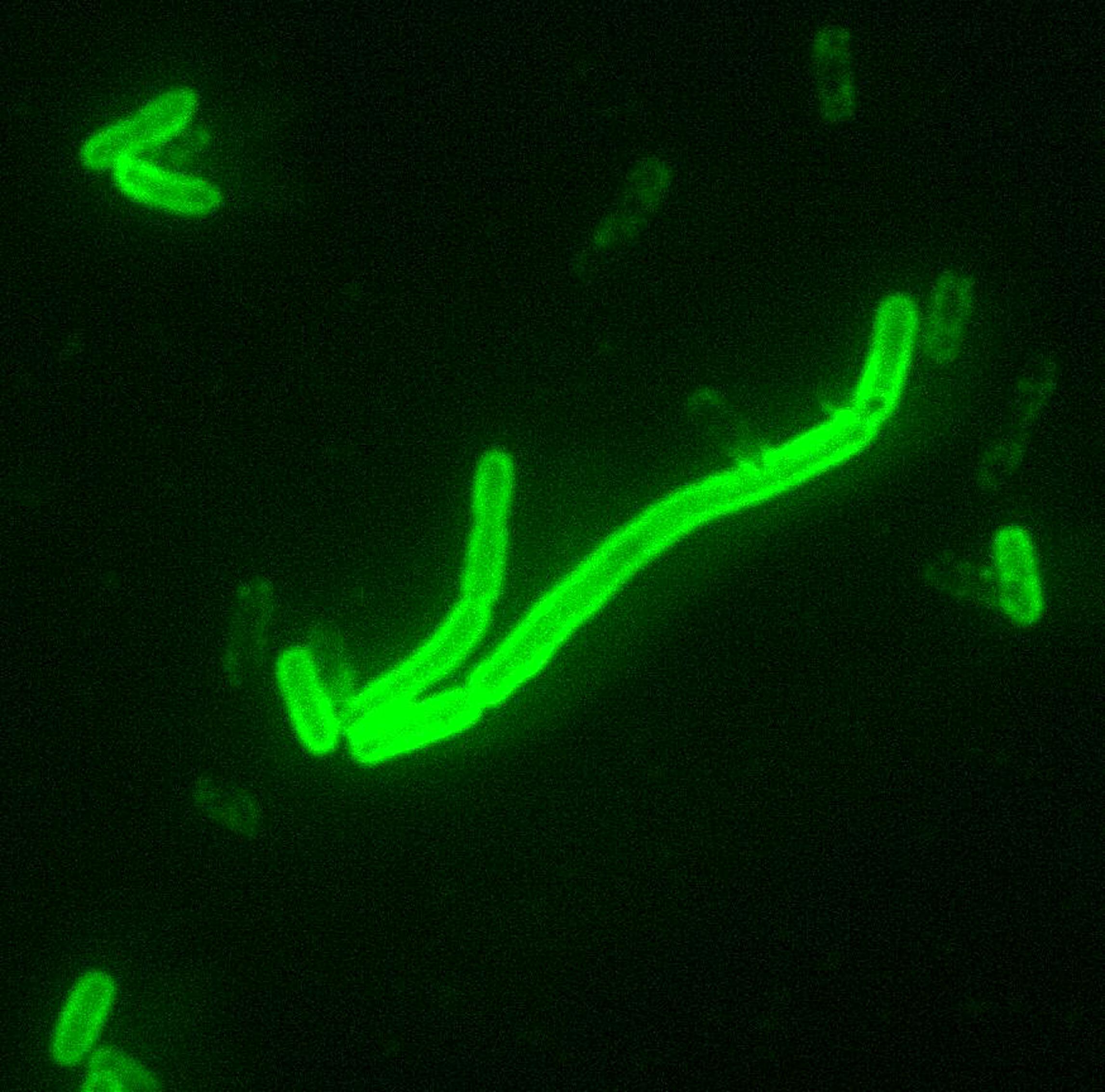Media release
From:
Microbiology: Investigating the origins of the plague in Britain
The causative agent of the Late Neolithic and Bronze Age (LNBA) plague, called Yersinia pestis, may have spread to Britain by about 4,000 years ago according to a paper published in Nature Communications. The findings represent the earliest evidence to date of plague in Britain, and reveal that this lineage was not confined to Bronze Age continental Europe but had spread westward to Britain.
Extinct lineages of Yersinia pestis have been identified in several individuals from Eurasia between 5,000 and 2,500 years ago. One of these, termed the ‘Late Neolithic and Bronze Age (LNBA) lineage', has previously been suggested to have spread into Europe with human groups expanding from the Eurasian steppe. However, when exactly it spread to Britain has been unclear.
Pooja Swali, Pontus Skoglund, Thomas Booth and colleagues discovered the presence of LNBA plague when analysing samples from 34 individuals buried at 2 British sites during the British Early Bronze Age. The authors sequenced 3 Yersinia pestis genomes all dating to about 4,000 years ago. Two individuals were found in an unusual mass burial in Charterhouse Warren, Somerset, and one individual was from a single burial under a ring cairn monument in Levens, Cumbria. All three genomes sequenced belong to a sublineage previously observed in Bronze Age individuals from Central Europe that had not yet gained the ymt virulence gene, which is known to have played an important role in flea-mediated transmission of the disease. This lineage was later found in Central Asia about 2,800 years ago.
The findings suggest that the LNBA Yersinia pestis lineage was widespread across Eurasia between 4,700–2,800 years ago, spanning from Britain to Eastern Asia. While the severity of the disease is currently unclear, the wide geographic distribution within a few centuries suggests substantial transmissibility.



 International
International


